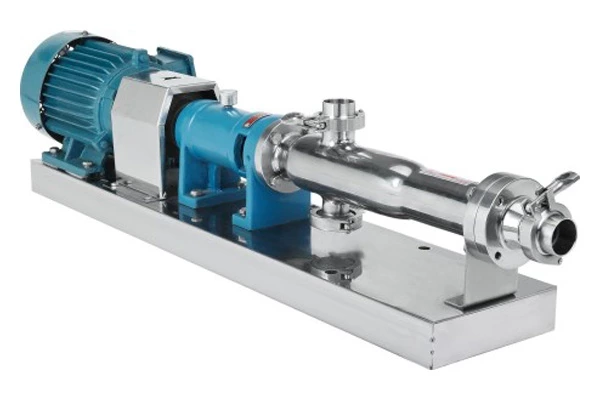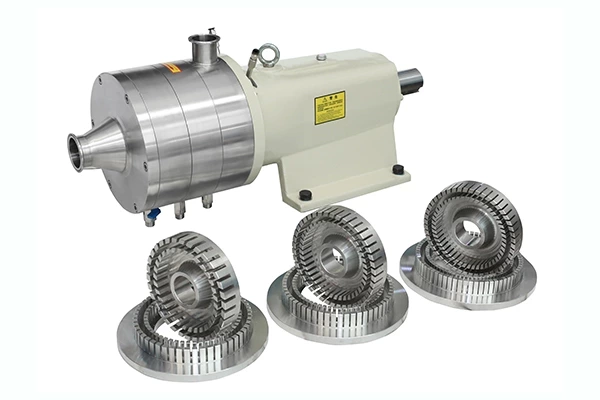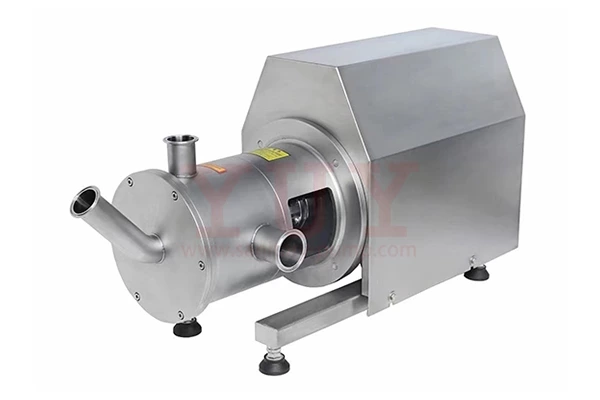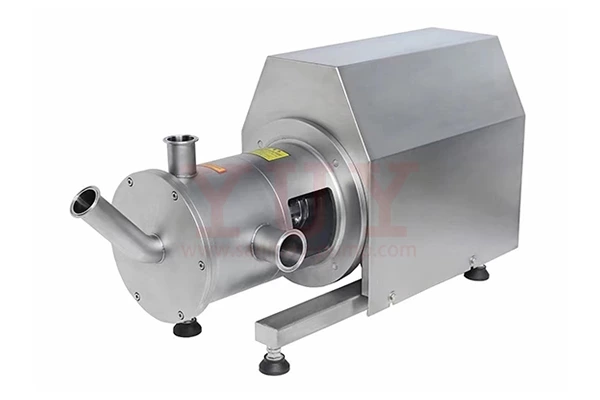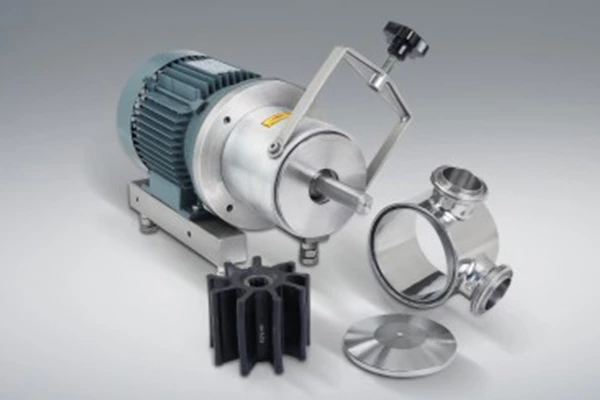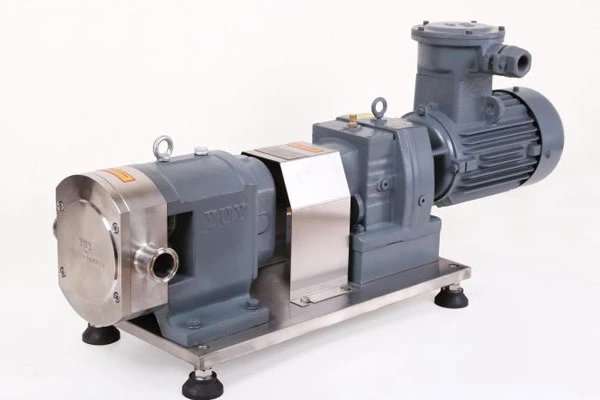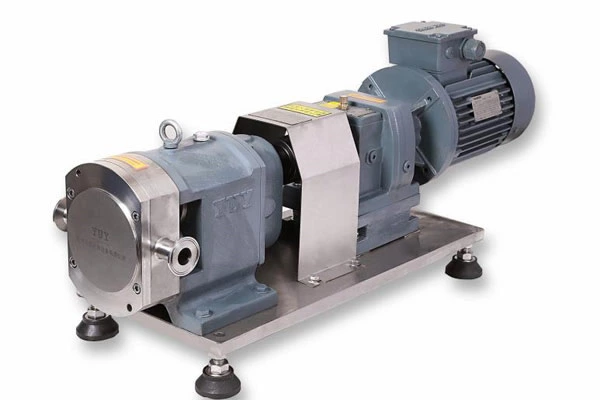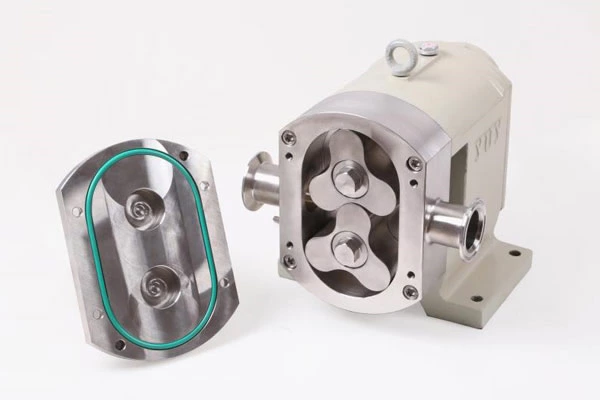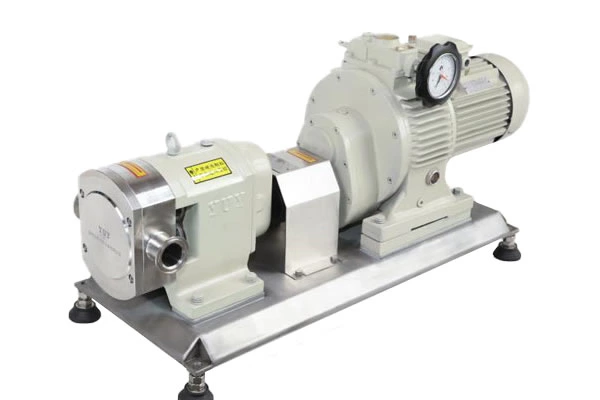150 Technical Questions And Answers About Pumps To Help You Fully Understand Pumps
51. What are the effective ways to increase the medium resistance of labyrinth seal?
Answer: 1) Reduce the gap, 2) Strengthen the vortex, 3) Increase the number of sealing teeth, 4) Try to convert the kinetic energy of the airflow into heat energy
52. What is the working principle of the floating ring seal?
Answer: The floating ring seal is based on the throttling effect generated in the narrow gap between the shaft and the floating ring, and injects sealing oil higher than the gas pressure into the gap to achieve the purpose of sealing the gas.
53. What is the reason for the increase in the leakage of the floating ring seal?
Answer: 1) The floating ring is used for a long time and wears normally, which increases the gap; 2) The surface of the shaft liner of the floating ring hole is rough and has low precision. Short-term wear increases the gap; 3) Improper assembly causes deflection, the centering accessories fall off, and the oil flows out from other gaps, which increases the leakage;
54. What is the function of the oil baffle? How to measure and adjust the oil baffle gap?
Answer: 1) The function of the oil baffle is to prevent the bearing lubricating oil from flowing along the journal to the outside of the bearing. There are two installation positions for the oil baffle: one is on the bearing seat, and the other is on the bearing shell;
2) The oil baffle clearance can be measured with a ruler when the oil baffle is disassembled or assembled. The clearance of the bearing shell in the oil baffle can be appropriately relaxed. The clearance of the oil baffle on the bearing seat is more stringent, generally requiring 0.05-0.10mm at the bottom, 0.10-0.20mm on both sides, and 0.20-0.25mm at the top.
55. What are the factors that affect the labyrinth seal?
Answer: 1) The radial clearance is too large, or the clearance of the newly replaced gas seal ring is too small;
2) The seal or gas seal ring and teeth become blunt due to wear, or deform after long-term wear and heat, causing damage and cannot be used;
3) After long-term use, the spring becomes loose and deformed, so that the gas seal ring cannot be in place. After operation, dust and dirt are deposited and accumulated, which is the pressure of the sealed medium lower than the working medium pressure or the pressure is unstable.
56. What are the common types of dynamic seals?
Answer: Leather cup seal, expansion ring seal, spiral seal, pneumatic seal, hydraulic seal, centrifugal seal, packing seal, labyrinth seal, mechanical seal, etc.
57. What are the main factors affecting the seal?
Answer: 1) The quality of the seal itself, 2) process operating conditions, 3) assembly and installation accuracy, 4) the accuracy of the main engine itself, 5) sealing auxiliary system
58. What parts does a mechanical seal consist of?
Answer: A mechanical seal consists of a static ring, a dynamic ring, a compensation buffer mechanism, an auxiliary sealing ring and a transmission mechanism. The end faces of the static ring and the dynamic ring are perpendicular to the axis of the pump and fit each other to form a rotating sealing surface. The static ring and the gland, the dynamic ring and the shaft are sealed with auxiliary sealing rings, and the compensation buffer mechanism is used to push the sealing ring to move axially, keep the end faces of the dynamic ring and the static ring in contact, and compensate for the wear of the end face of the sealing ring.
59. What are the characteristics of mechanical seals?
Answer: 1) Good sealing performance. The leakage of mechanical seals is generally 0.01-5ml/h. According to special requirements, after special design, the leakage of mechanical seals manufactured is only 0.01ml/h, or even smaller, while the leakage of packing seals is 3-80ml/h (according to relevant regulations of my country, when the shaft diameter is not greater than Φ50mm, it is less than or equal to 3ml/h, when the shaft diameter is equal to Φ50mm, it is less than or equal to 5ml/h);
2) Long service life, generally more than 8000h;
3) Low friction power, only 20%-30% of packing seals;
4) There is no relative movement between the shaft, sleeve and seal, and no friction will be generated. The service life of the shaft and sleeve is long;
5) The sealing surface of the mechanical seal is perpendicular to the pump axis. When the pump shaft vibrates, the seal The seal will be displaced at any time, so when the vibration is within a certain range, it can still maintain good sealing performance;
6) Mechanical seals rely on the pressure of the sealing liquid and the spring force to keep the static and dynamic ring sealing surfaces in contact, and rely on the spring force to compensate for the wear. Therefore, once the pump is properly adjusted, it generally does not need to be adjusted frequently during operation. It is easy to use and has a small maintenance workload;
7) The operating conditions are wide and can be used for high temperature, low temperature, high pressure, high speed and strong corrosion conditions;
8) Troubleshooting and parts replacement are inconvenient, and maintenance can only be carried out after parking;
9) The structure is complex and the assembly precision is high. There are certain technical requirements for assembly and installation;
10) The manufacturing price is high
60. What are the main characteristic parameters of mechanical seals?
Answer: 1) Shaft diameter: The shaft diameter range of pump mechanical seal is generally 6-200mm, and can reach 400mm in special cases. The shaft diameter of the pump is usually determined by strength requirements and rounded or modulated using a sleeve to meet the standard shaft diameter of the mechanical seal;
2) Speed: Generally the same as the pump speed, the speed of a general centrifugal pump is less than or equal to 3000r/min; the speed of a high-speed centrifugal pump is less than or equal to 8000r/min, and the speed of a special pump is less than or equal to 4000r/min;
3) Average circumferential speed of the sealing surface: refers to the circumferential speed of the average diameter of the sealing end face. The average linear speed of the sealing surface causes greater heat and wear on the sealing surface (i.e., the friction pair). The circumferential speed of the general unloading seal is less than or equal to 30m/s; the circumferential speed of the spring static mechanical seal is less than or equal to 100m/s; the special one can reach less than or equal to 150m/s;
4) End face specific pressure: The end face specific pressure Pc is the contact pressure (MPa) borne on the sealing surface. The end face pressure ratio of the end face seal should be controlled within a reasonable range. If it is too small, the sealing performance will be reduced, and if it is too large, the heating and wear of the sealing cover will be aggravated. The reasonable end face pressure ratio of Single Screw Pump mechanical seals: for internal mechanical seals, generally Pc=0.3-0.6MPa; for external mechanical seals, Pc=0.15-0.4MPa. When the lubricity is good, the end face pressure ratio can be appropriately increased. For liquids with high viscosity, the end face pressure ratio can be increased, and Pc=0.5-0.7MPa can be taken. For liquids that are volatile and have poor lubricity, a smaller end face pressure ratio should be taken, and Pc=0.3-0.45MPa can be taken.
